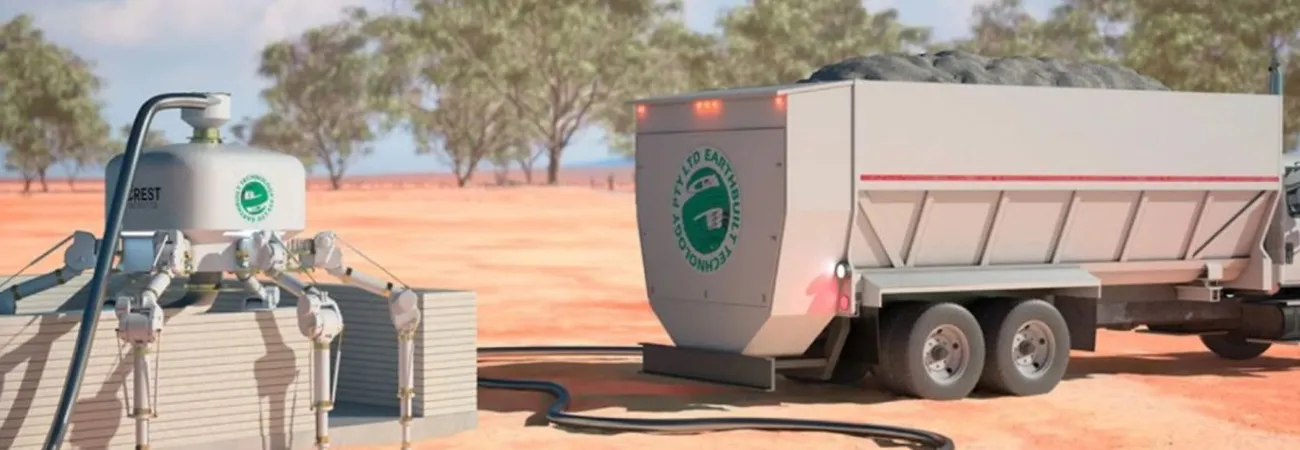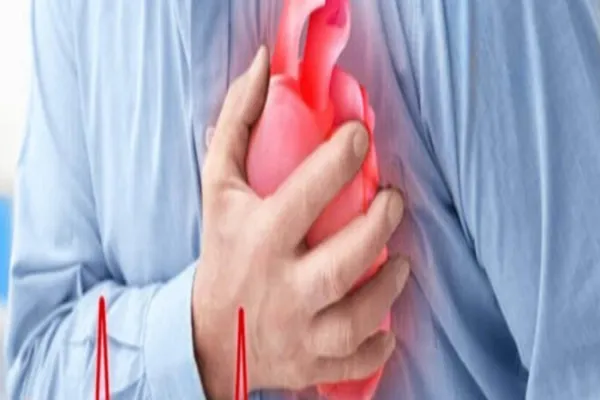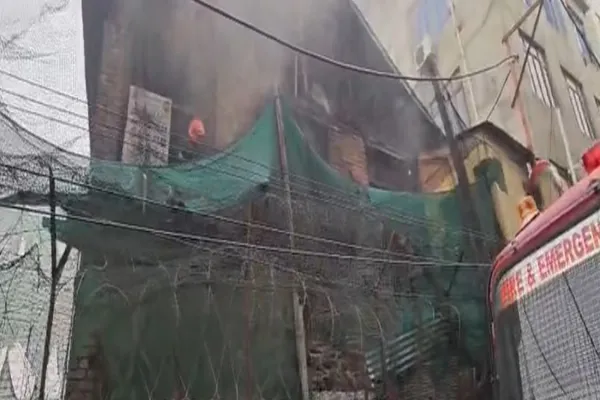i NEWS INTERNATIONAL
A spider-shaped construction robot named Charlotte is being developed in Sydney with the ambition to 3D-print a full-size home in about 24 hours. According to its creators, the mobile system can autonomously build structural walls for a roughly 2,150-square-foot house using locally sourced materials. Instead of relying on cement, bricks, and long supply chains, Charlotte compacts sand, soil and clean waste directly on-site.
Researchers say this single-machine approach eliminates several carbon-intensive steps traditionally involved in construction. Designed as a legged, highly mobile robot, Charlotte combines field robotics with additive manufacturing, forming structures layer by layer. The prototype demonstrated in Sydney is still under development, but its architecture points clearly toward the future of automated building technologies.
The project is led by Clyde Webster, founding director at Crest Robotics, whose work focuses on agile robots capable of performing construction tasks that are repetitive, difficult, or hazardous. The momentum behind the project stems from a global housing shortage and growing pressure to reduce carbon emissions. “The building materials we use today—even a simple brick—go through several stages, many of which are highly carbon-intensive,” said Dr. Jan Golembiewski, co-founder of Earthbuilt Technology.
Crest’s system collects sand, earth, and crushed brick beneath its frame, binds the mixture in textile layers, and compacts it into successive courses. At the heart of the process is extrusion—the controlled flow of material through a nozzle—allowing walls to be produced continuously without mortar joints and guided directly by digital building plans.“It will work at the speed of more than 100 bricklayers,” Dr. Golembiewski said, highlighting the emphasis on both speed and simplicity.
Credit: Independent News Pakistan (INP)









